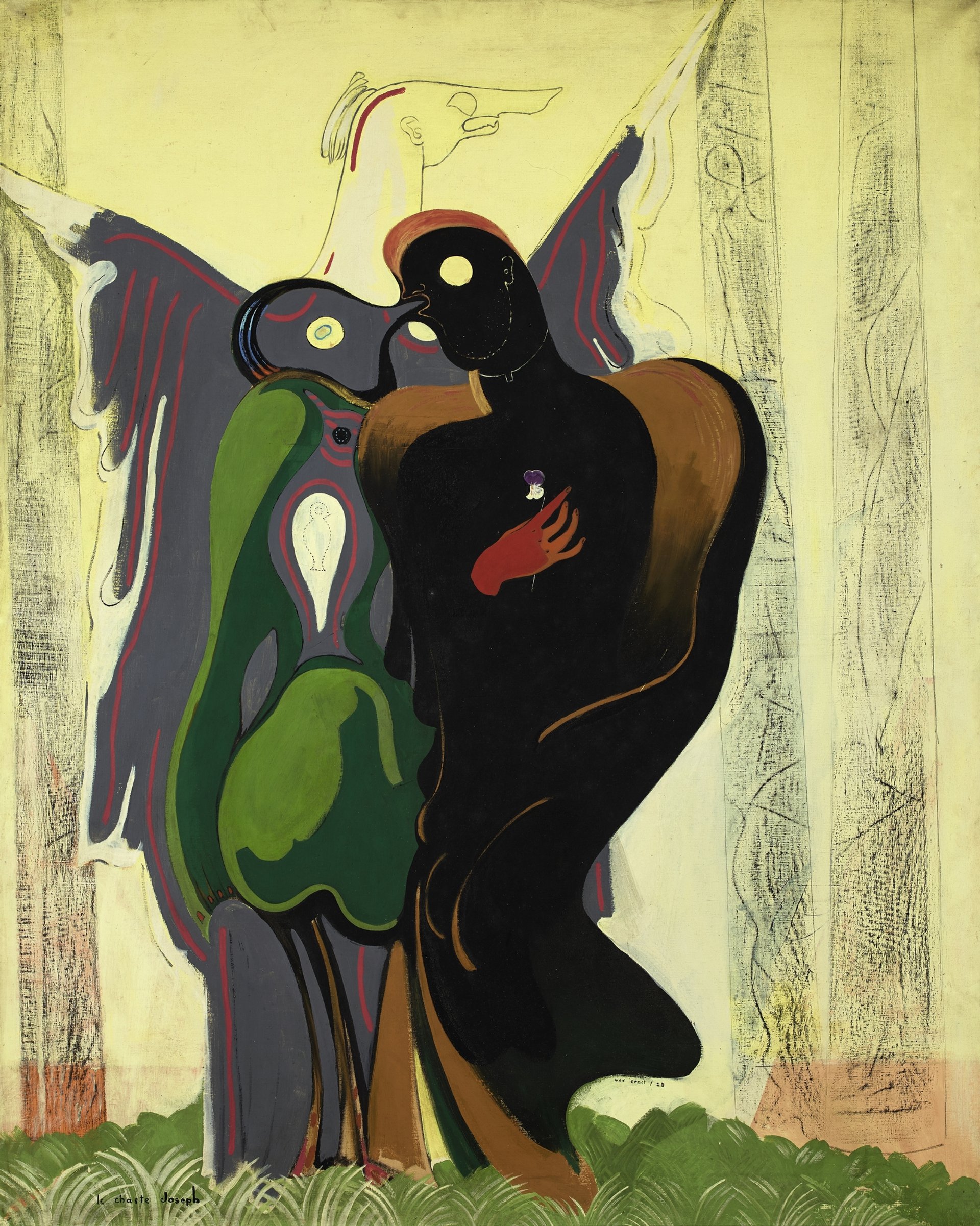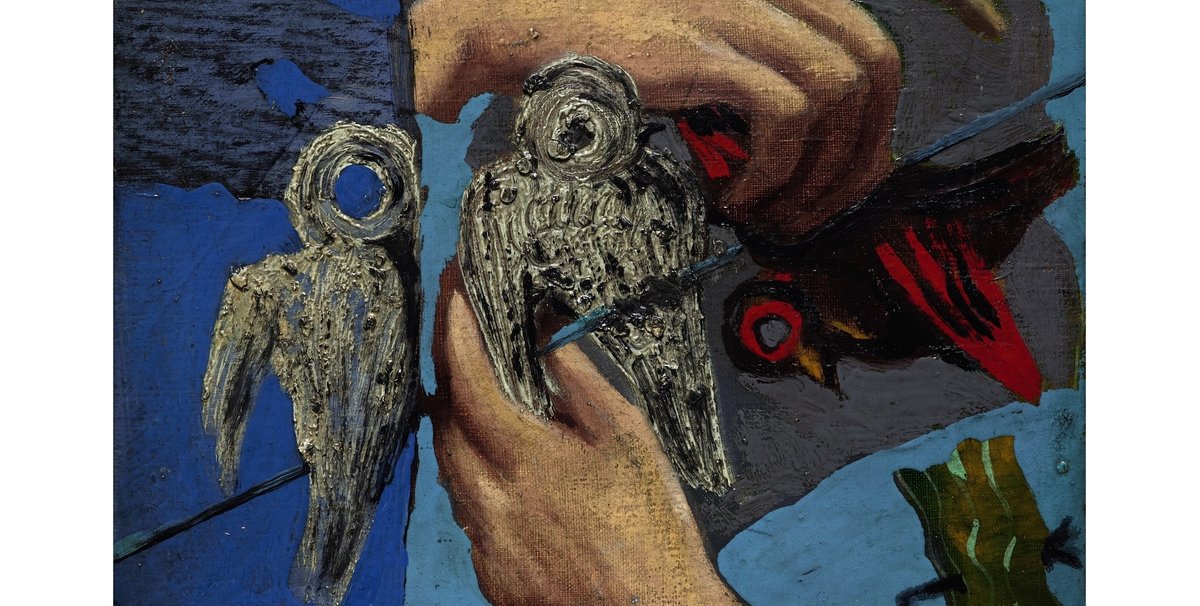A group of 11 rare and darkly fantastical paintings incorporating birds by Max Ernst are to go on show at Sotheby’s in London–although none are for sale. The works have all been loaned by unnamed private collectors and have not been shown in London for almost 30 years.
The works, created between 1921 and 1928, mark a turning point in Ernst’s career. Having founded Dada in Cologne in 1919 (a year after returning traumatised from serving in the German army in the First World War), Ernst exhibited for the first time in Paris in 1921, at the Galerie au Sans Pareil.
In 1922 the artist moved to the French capital, where he became a central figure in the Surrealist movement. “Dada was a nihilist kind of anti-art,” says Samuel Valette, Sotheby’s senior specialist in Impressionist and Modern art who is organising the show. “Surrealism was a way to get back to art.”
The group of paintings testify to Ernst’s obsession with birds–a motif he developed during this period that was to recur throughout his career. Valette says Ernst’s fascination with birds can be traced back to a “confusing episode” in his childhood, when the death of his parrot corresponded with the birth of his sister. “From this very young age he had this bizarre relationship with birds,” Valette says. The artist later developed the avian alter-ego Loplop.

The centrepiece of the group, half of which are still in their original frames created by Ernst, is the large-scale Le Chaste Joseph (1928), which is loosely based on an account in the Old Testament. Most of the 11 were shown at The Matthiesen Gallery in 1956, with a few then on view at the Tate’s retrospective on Ernst in 1991.
Valette declines to give a value for the works in the show, but says Ernst’s market is in the ascendancy. Le Couple (L’Accolade) (1924) sold in 1997 for $1m, rising to $9.1m in 2015. “It gives a sense of how the market is progressing,” he says. “For quite a while works that are dark in palette or subject were slightly shunned by the market. But today people are not afraid to go for them, and bullishly.”




